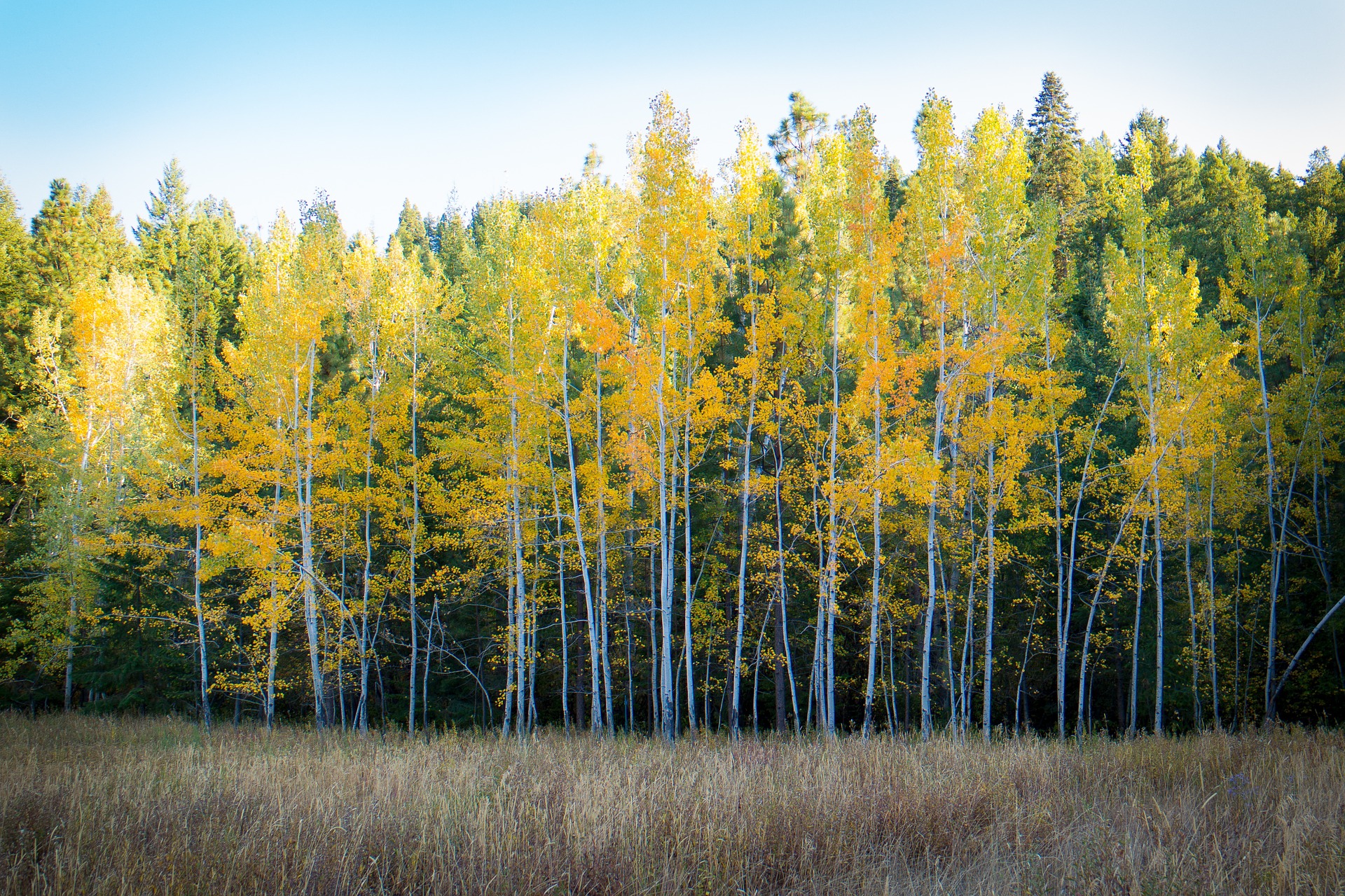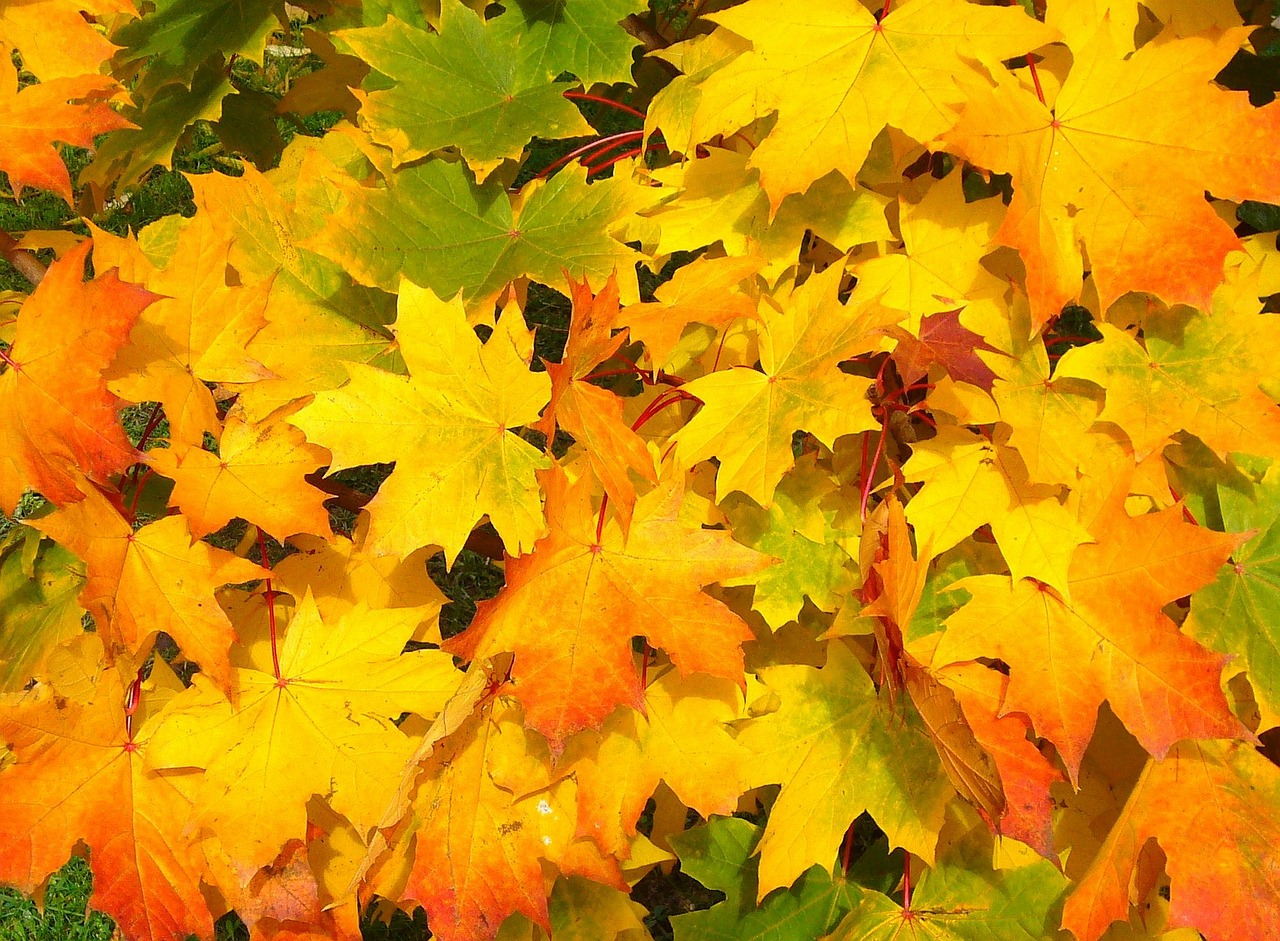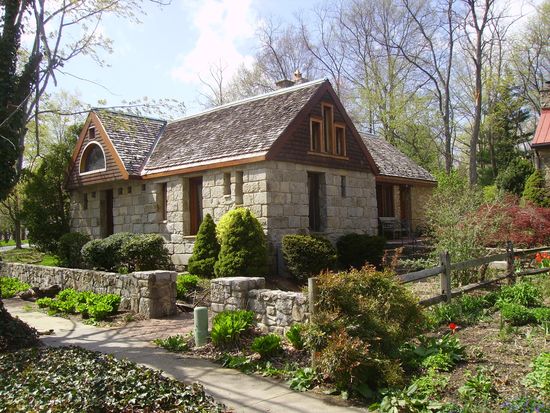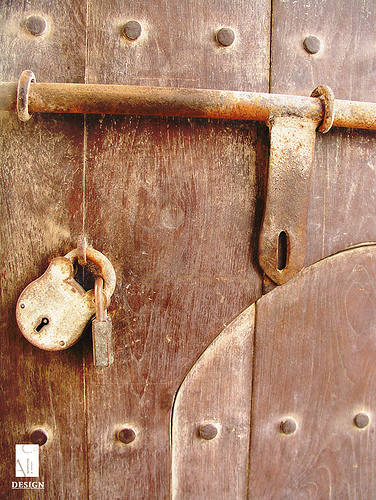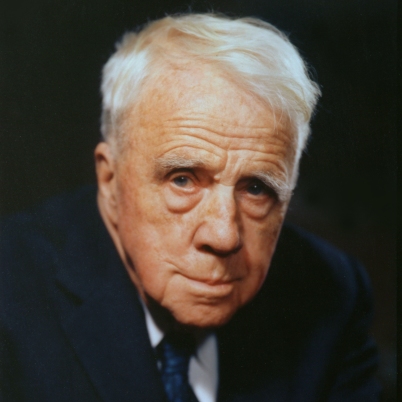Robert Frost was born on 26th March 1874 in San Francisco. After his father’s death from tuberculosis when Frost was eleven years old, he moved with his mother and sister to Lawrence, Massachusetts. He became interested in reading and writing poetry during his high school years and eventually enrolled at Dartmouth College and later at Harvard University in Boston. However, he never earned a formal college degree.
Frost’s poetry is principally associated with the life and landscape of New England, and he was a poet of traditional verse forms and metrics. However, he is anything but merely a regional poet. He is essentially a modern poet in his adherence to language as it is spoken, in the psychological complexity of his portraits, and in the degree to which his work is infused with layers of ambiguity and irony. Frost died in Boston on 29th January 1963.
Mending Wall Summary and Analysis
“Mending Wall” by Robert Frost is the opening poem of his second collection of poetry entitled North of Boston, published in 1914.
Like most of the poems in the above-mentioned collection, “Mending Wall” narrates a story based in rural New England. This is a story of the fence that is rebuilt every spring between the lands of two New England farmers.
The poem consists of 46 lines in total. These lines are not divided into stanzas. Here they are divided into meaningful segments to make the poem easier to follow and understand. This poem is written in the first person. Hence we can safely assume that the speaker of the poem is the poet himself.
Lines 1 – 4:
Something there is that doesn’t love a wall,
That sends the frozen-ground-swell under it,
And spills the upper boulders in the sun,
And makes gaps even two can pass abreast.
In these lines, the poet speculates that there must be something in the vicinity that breaks down the wall repeatedly. Perhaps the water beneath the ground is frozen, and the resulting ice expands to cause cracks in the wall and make the boulders at its top fall down. The crack then grows until it is so wide that two people can pass through it side by side and walk in the same direction.
Lines 5 – 11:
The work of hunters is another thing:
I have come after them and made repair
Where they have left not one stone on a stone,
But they would have the rabbit out of hiding,
To please the yelping dogs. The gaps I mean,
No one has seen them made or heard them made,
But at spring mending-time we find them there.
In these lines, the poet rejects the idea that the wall could have been broken by hunters. He himself has made repairs after hunters have rearranged the stones to allow rabbits to come out of their holes for their dogs to catch. However, the gaps that have now appeared on the wall have been made by something unseen and unheard.
Lines 12 – 15:
I let my neighbor know beyond the hill;
And on a day we meet to walk the line
And set the wall between us once again.
We keep the wall between us as we go.
In these lines, the poet says the wall is between two lands separated by a hill. The farmer on the other side of the hill is informed about the hole. A day is fixed on which they both meet and walk along the wall, each on his side surveying the damage.
Lines 16 – 19:
To each the boulders that have fallen to each.
And some are loaves and some so nearly balls
We have to use a spell to make them balance:
‘Stay where you are until our backs are turned!’
In these lines, the poet says that he and his neighbor each take it upon themselves to restore the boulders that have fallen on his side of the hill. However, this is difficult since the stones are not always of the same size or shape. Some are oblong, and some are round, and only magic can hold them in their places.
Lines 20 – 24:
We wear our fingers rough with handling them.
Oh, just another kind of out-door game,
One on aside. It comes to little more:
There where it is we do not need the wall:
He is all pine and I am apple orchard.
In these lines, the poet says that his hands, as well as his neighbor’s hands, become calloused as a result of picking up the heavy boulders. It feels like they are playing a game where only one opponent is on each team. It seems like play rather than work because the wall is wholly unnecessary since the two farmers grow different kinds of plants. The poet grows apples, and his neighbor grows pine trees.
Lines 25 – 29:
My apple trees will never get across
And eat the cones under his pines, I tell him.
He only says, ‘Good fences make good neighbors’.
Spring is the mischief in me, and I wonder
If I could put a notion in his head:
In these lines, the poet says that he has tried to tell his neighbor that his apple trees will never encroach upon his pines but that the neighbor remains unconvinced. His logic in putting up the wall is that all good neighbors are separated by strong fences. However, in the springtime, the poet feels mischievous and tries to convince his neighbor to agree with him in another way.
Lines 30 – 35:
‘Why do they make good neighbors? Isn’t it
Where there are cows?
But here there are no cows.
Before I built a wall I’d ask to know
What I was walling in or walling out,
And to whom I was like to give offense.’
In these lines, the poet asks his neighbor why good fences make good neighbors. Fences often sprout some greenery on them, and they attract cows. But there are no cows where the wall between their farms has broken. In fact, the poet would like to know what he is keeping out and what he is protecting by building the wall, and also might not take kindly to the idea of the wall being put up.
Lines 36 – 41:
Something there is that doesn’t love a wall,
That wants it down.’ I could say ‘Elves’ to him,
But it’s not elves exactly, and I’d rather
He said it for himself. I see him there
Bringing a stone grasped firmly by the top
In each hand, like an old-stone savage armed.
In these lines, the poet again speculates that the wall could have been pulled down by elves. But he doesn’t want to tell his serious neighbor that, hoping instead that the neighbor would come to the same conclusion by himself. As the neighbor works on rebuilding the wall, the poet feels that he resembles an uncouth and uncivilized inhabitant of the stone age, whose weapons are the very rocks that make up the wall.
Lines 42 – 46:
He moves in darkness as it seems to me –
Not of woods only and the shade of trees.
He will not go behind his father’s saying,
And he likes having thought of it so well
He says again, “Good fences make good neighbors.”
In these lines, the poet suggests that his neighbor has some kind of kinship with darkness, but not just the darkness caused by the shade of trees in the forest. The neighbor cannot disagree with his father in saying that good fences account for peace among neighbors.
Mending Wall Central Idea
This poem is set at the site of the stone wall between the farms of two hardworking men from New England, one of whom is the poet himself. There is speculation on how the said wall has come to be broken. There is talk of rebuilding the wall as well. The wall is a metaphor for societal boundaries. Its breaking symbolizes change, and the mending is a symbol of refusal to accept change.
Suggested Reading: More Articles on Mending Wall
- Analysis, Central Idea and Theme of Mending Wall by Robert Frost
- Summary and Analysis of Mending Wall by Robert Frost
- What does the ‘Wall’ represent in the poem Mending Wall?
- “Frost’s poems are known for his extensive use of symbols and poetical devices.” Refer to the poem’ Mending Wall’ and justify the statement.
Updated by Anjali Roongta on 8th April 2023.
Some online learning platforms provide certifications, while others are designed to simply grow your skills in your personal and professional life. Including Masterclass and Coursera, here are our recommendations for the best online learning platforms you can sign up for today.
The 7 Best Online Learning Platforms of 2022
- Best Overall: Coursera
- Best for Niche Topics: Udemy
- Best for Creative Fields: Skillshare
- Best for Celebrity Lessons: MasterClass
- Best for STEM: EdX
- Best for Career Building: Udacity
- Best for Data Learning: Pluralsight

